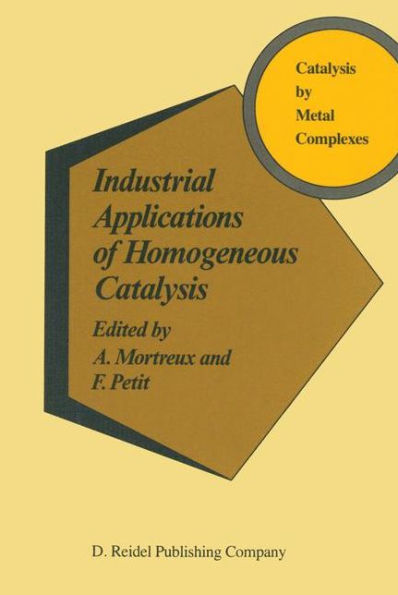5
1
9789027725202


Industrial Applications of Homogeneous Catalysis / Edition 1 available in Hardcover

Industrial Applications of Homogeneous Catalysis / Edition 1
- ISBN-10:
- 9027725209
- ISBN-13:
- 9789027725202
- Pub. Date:
- 12/31/1987
- Publisher:
- Springer Netherlands
- ISBN-10:
- 9027725209
- ISBN-13:
- 9789027725202
- Pub. Date:
- 12/31/1987
- Publisher:
- Springer Netherlands
169.99
In Stock

Product Details
| ISBN-13: | 9789027725202 |
|---|---|
| Publisher: | Springer Netherlands |
| Publication date: | 12/31/1987 |
| Series: | Catalysis by Metal Complexes , #10 |
| Edition description: | 1988 |
| Pages: | 360 |
| Product dimensions: | 6.10(w) x 9.25(h) x 0.03(d) |
From the B&N Reads Blog
